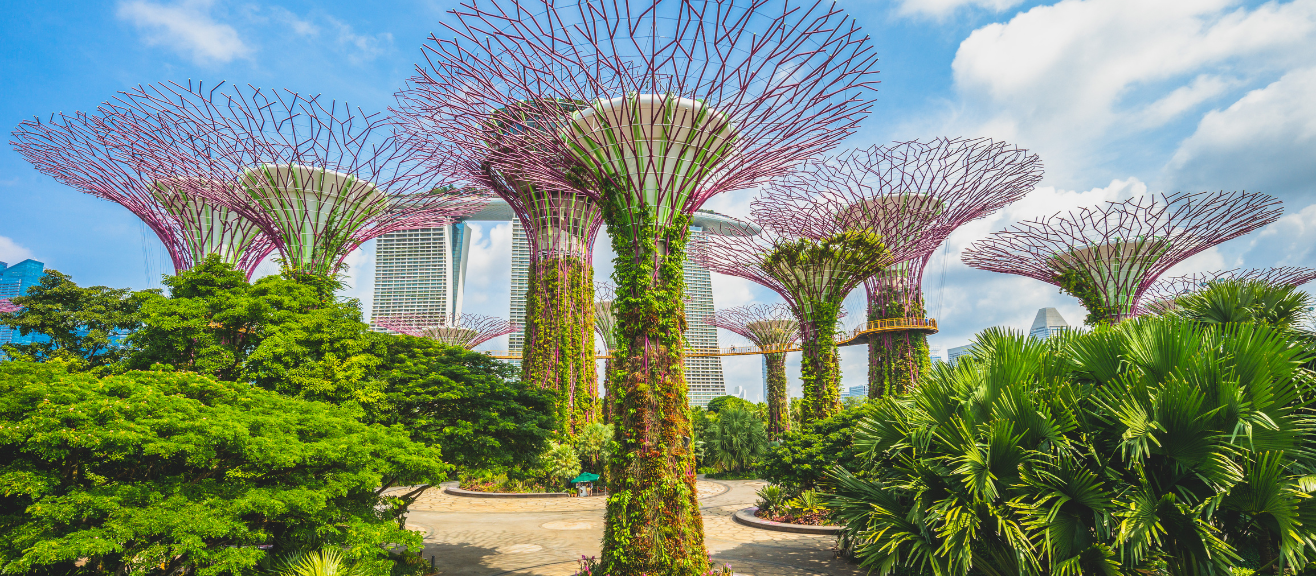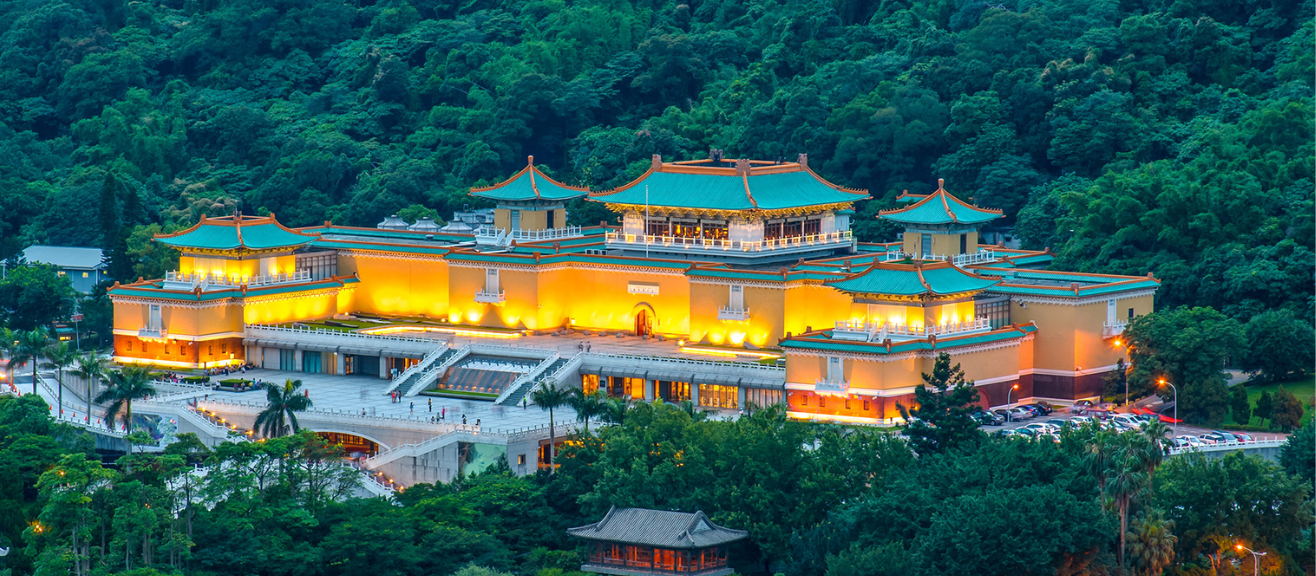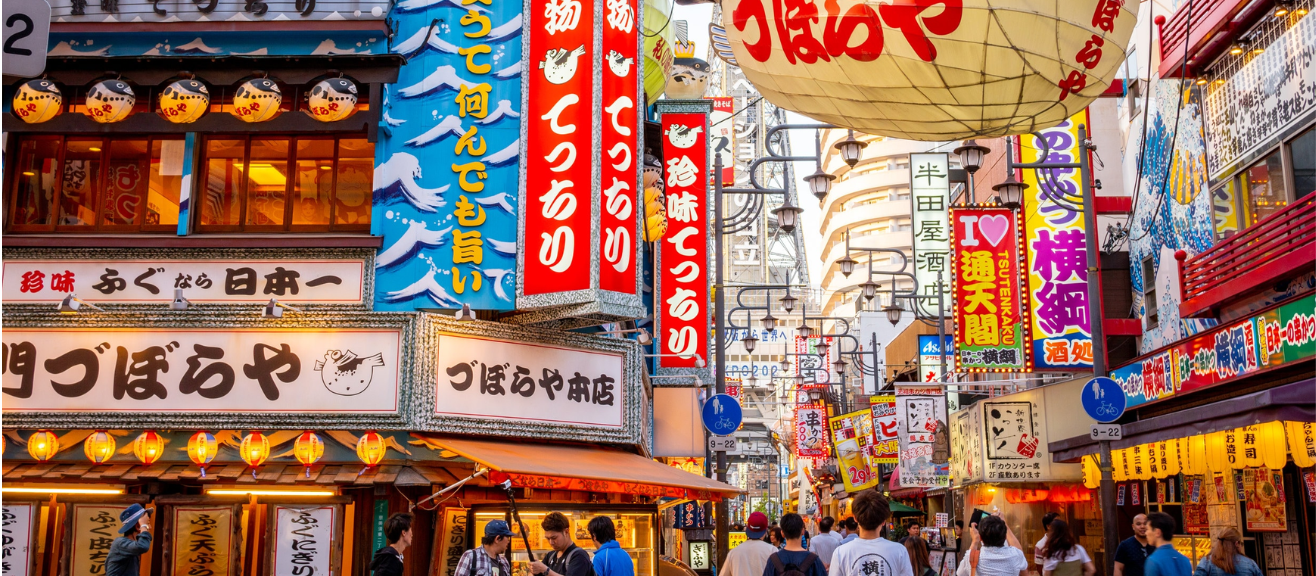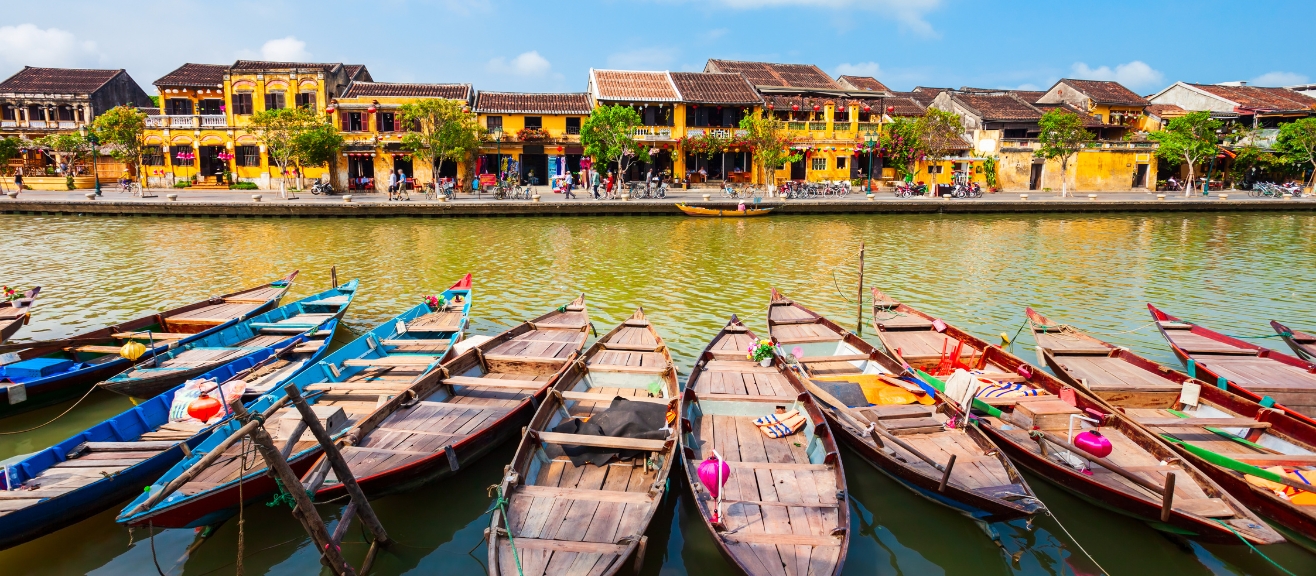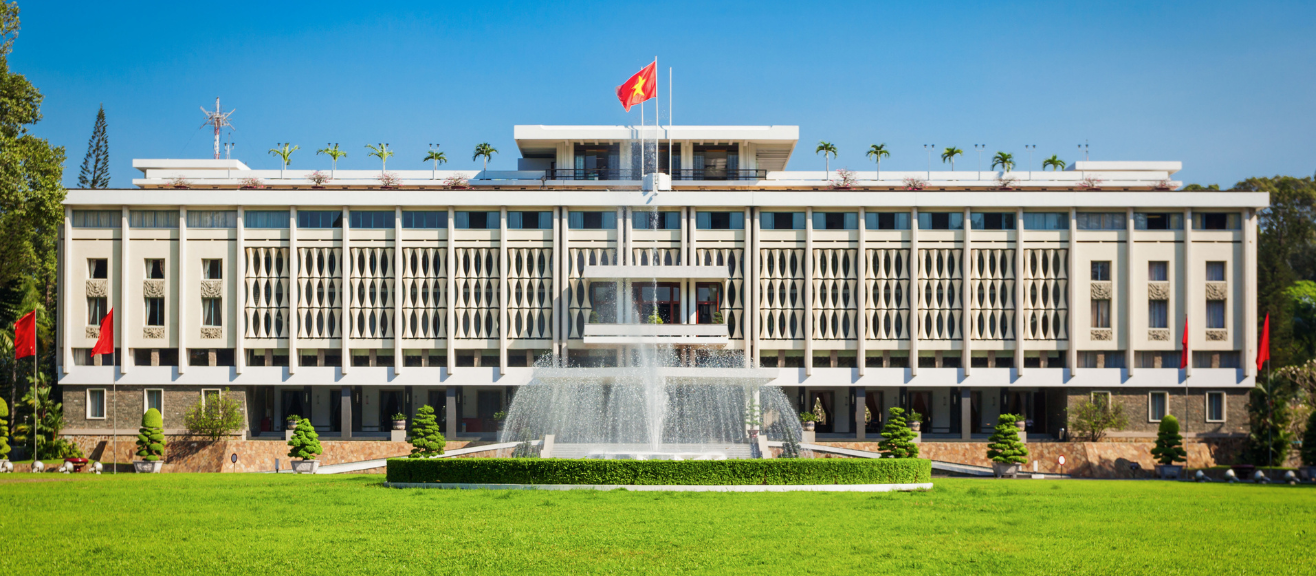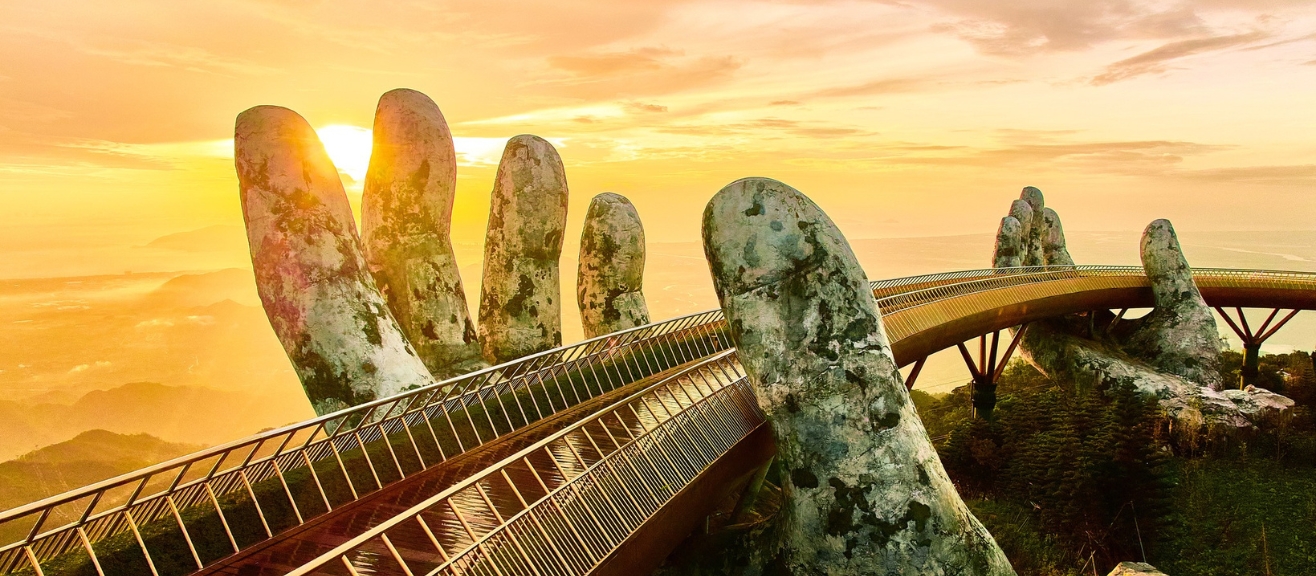🏯 Beihai Park: The Living Heritage of Beijing’s Ancient Capital
🌿 Discover Beihai Park in Brief
Visiting Beihai Park in Beijing feels like stepping into a serene imperial garden right in the heart of the bustling city. As you enter, you'll be greeted by the gentle lapping of water on the lake, surrounded by lush greenery and traditional Chinese pavilions that seem to whisper stories of centuries past. The iconic White Dagoba, perched on Qionghua Island, stands tall and elegant against the sky, offering a striking contrast to the vibrant foliage. With its vast 69 - hectare area dominated by a shimmering lake - alongside a rich cultural heritage, the park provides a unique escape from city life.
In this guide, you'll find details on how to get there, the best times to visit, ticket advice, top things to do, and dining options.
Get your Beihai Park tickets on laimi.com.
🚇 Getting to Beihai Park
Public Transport: Subway and Bus
Beihai Park is centrally located and easily accessible by both subway and bus.
Subway:
Take Line 6 and disembark at Beihai North Station. Use Exit D and walk about five minutes east to reach the North Gate, which offers direct access to Jade Flower Island and lakefront views.
Bus:
For the North Gate, take lines 13, 42, 107, 111, 118, 612, or 701, and get off at Beihai North Gate Station.
For the East Gate, use Line 5 to West Banqiao.
For the South and West Gates, take Lines 5, 101, 103, 109, 124, 128, or sightseeing buses.
Taxi, Rideshare, and Walking:
Taxis and rideshares are convenient for families or visitors with luggage. The park is just a 10-minute walk from the Forbidden City’s north exit or Jingshan Park.
Trip Combinations and Nearby Landmarks
Combine Beihai Park with nearby spots like the Forbidden City or Jingshan Park for a well-rounded cultural itinerary.
Travel Tip:
Check live transport updates using Google Maps or your preferred navigation app for the most efficient routes.
⏰ Beihai Park Opening Hours & Best Times to Visit
Beihai Park changes its operating hours with the seasons to enhance visitor comfort and offer beautiful sightseeing options. From April 1 to October 31, the park is open from 6:00 AM to 9:00 PM, with tickets sold until 8:30 PM. During the summer months of June, July, and August, visiting hours extend to 10:00 PM, perfect for cool evening walks and cultural programs. In the off-season from November 1 to March 31, the park opens slightly later at 6:30 AM and closes at 8:00 PM, with entry available until 7:30 PM. Key indoor attractions such as Yong’an Temple operate from 8:00 AM to 6:00 PM during peak months, closing entry at 5:30 PM, and from 8:30 AM to 5:00 PM in the off-season, with last admission at 4:30 PM. Most indoor exhibits close on Mondays except during public holidays.
Spring (April - May) and autumn (September - October) are the best seasons to visit thanks to pleasant weather and lighter crowds. Early mornings offer a peaceful atmosphere perfect for tai chi and serene natural views, while evenings provide breathtaking sunsets and illuminated park scenes.
| Period | Opening Time | Closing Time | Last Entry | Notes |
|---|---|---|---|---|
| April – October | 6:00 AM | 9:00 PM | 8:30 PM | Extended to 10 PM in summer |
| June – August | 6:00 AM | 10:00 PM | 9:30 PM | Summer extended hours |
| November – March | 6:30 AM | 8:00 PM | 7:30 PM | Off-season shorter schedule |
| Major Attractions Peak | 8:00 AM | 6:00 PM | 5:30 PM | Closed Mondays except holidays |
| Major Attractions Off-season | 8:30 AM | 5:00 PM | 4:30 PM | Closed Mondays except holidays |
Check live updates on official channels or laimi.com to confirm any changes caused by weather or special events. Following this schedule will help you fully enjoy the history and peaceful beauty of Beihai Park.
🌟 Must-See Highlights of Beihai Park That Captivate Visitors 🌿🏯
Beihai Park is a large historic imperial garden in the center of Beijing, where centuries of culture meet lush landscapes. Some of its most iconic sights include:
White Dagoba on Qionghua Island
A striking Tibetan-style stupa built in 1651, offering panoramic views and spiritual calm.
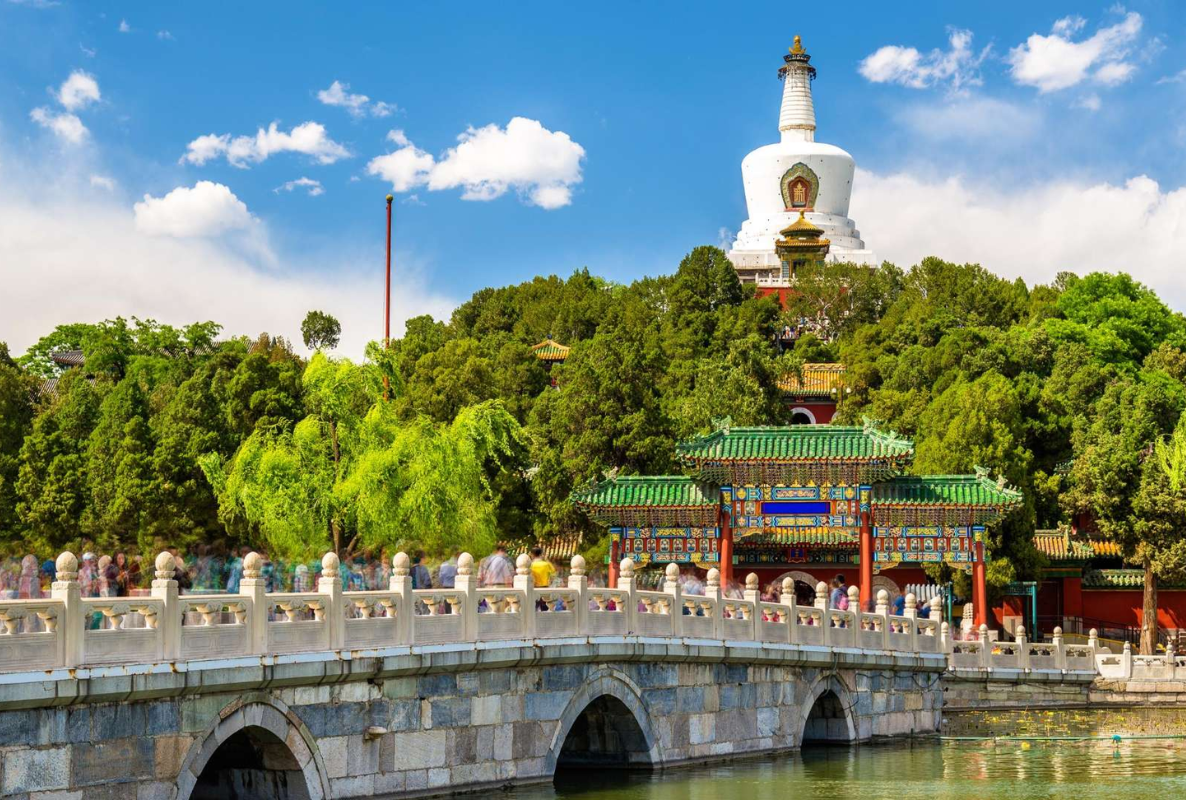
The Nine-Dragon Wall
One of China’s few double-sided dragon walls, with intricate glazed dragons symbolizing imperial power.
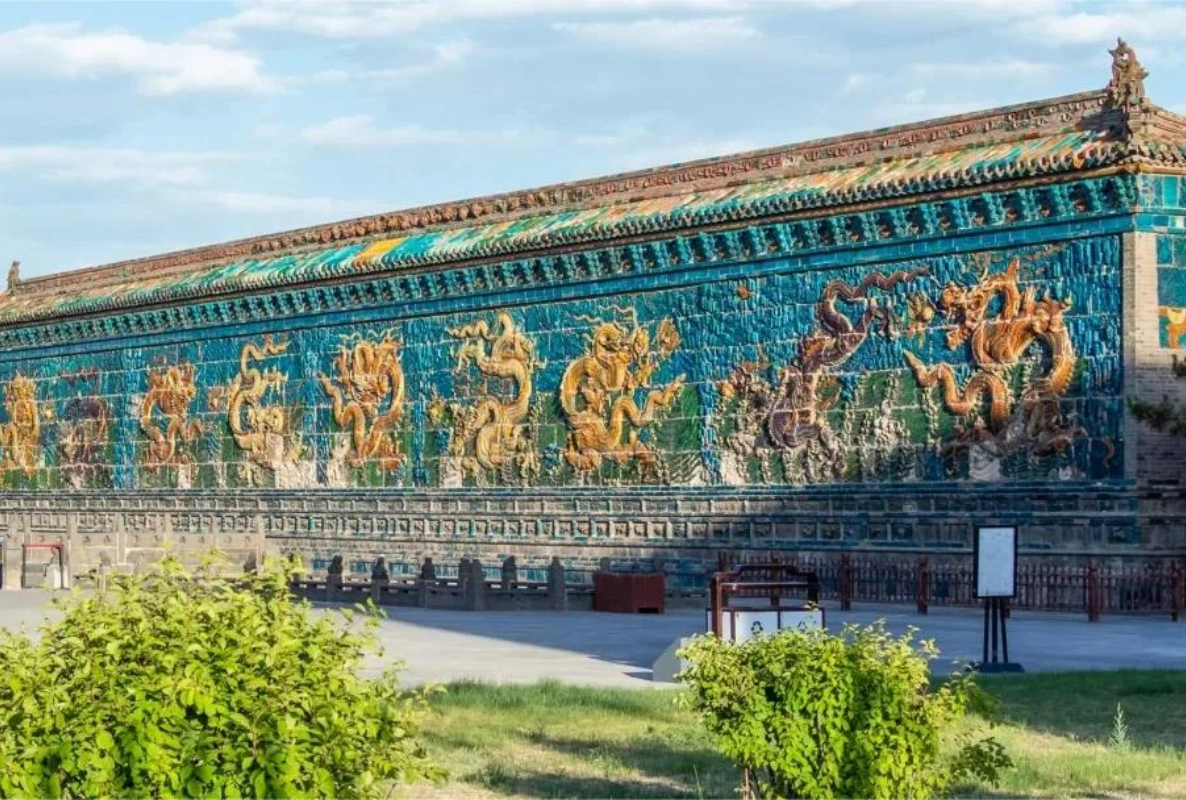
Small Western Paradise (Xiaoxitian)
A grand square pavilion surrounded by water and bridges epitomizing imperial architecture.
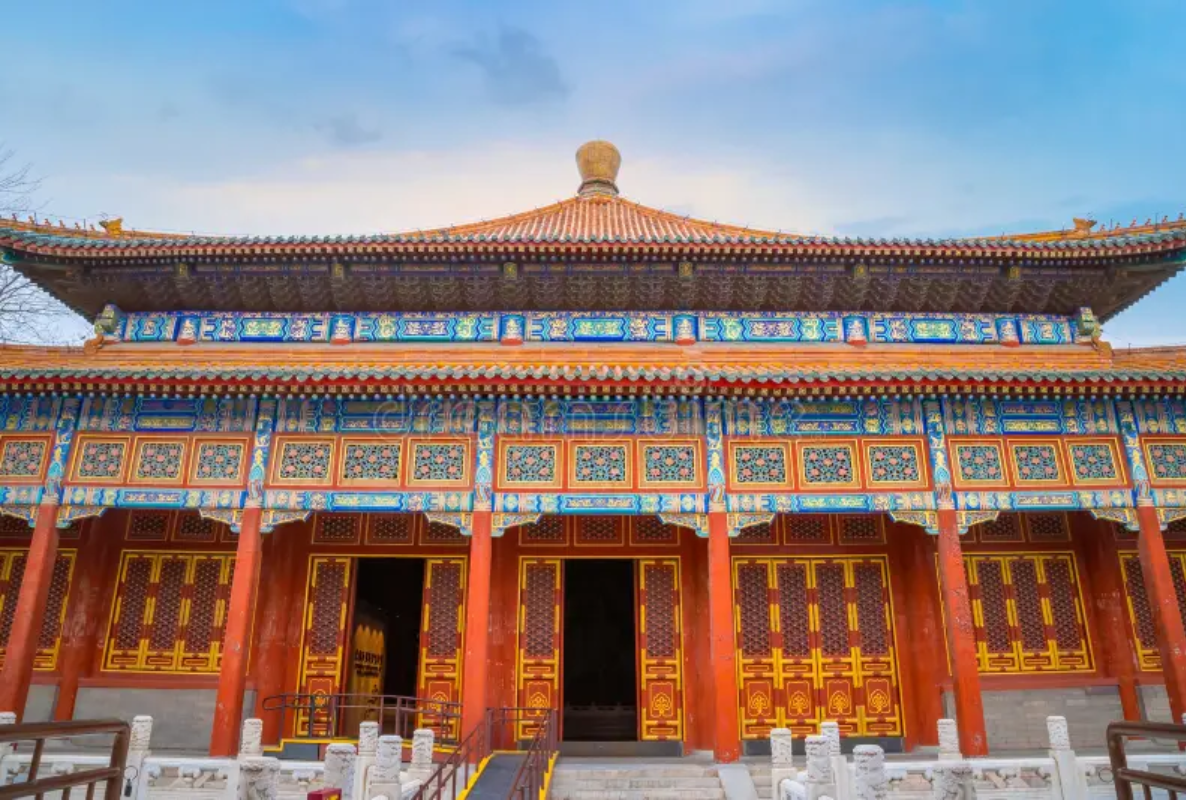
Five-Dragon Pavilion
A Ming Dynasty masterpiece overlooking fish ponds, perfect for reflection and photography.

Silkworm Altar (Xiancantan)
An imperial altar honoring the silkworm goddess, surrounded by mulberry trees.
Jingxin Studio
A serene retreat with artistic rocks and streams, reflecting garden aesthetics.
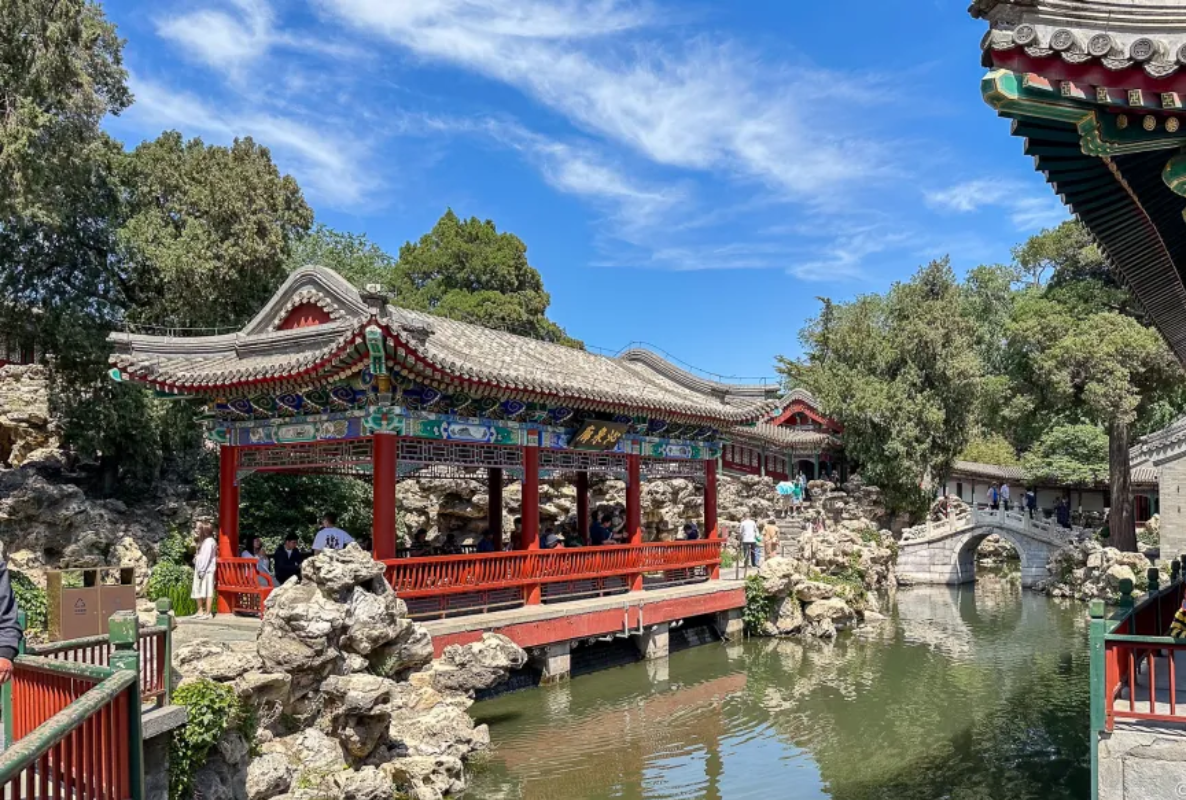
Xitian Fanjing (Buddhist Temple)
Home to rare Ming Dynasty woodwork and a spiritual sanctuary.
Iron Wall
A relic from the Yuan Dynasty, this unique volcanic rock carving is a rare single-piece stone screen.
Tuancheng (Round City)
Houses imperial artifacts such as Kublai Khan’s wine jar and a jade Buddha.
Yilan Hall
A Qing Dynasty leisure complex on Qionghua Island blending garden and architecture.
Kuaixue Hall
A calligraphy hall offering tranquil settings for art appreciation.
Haopujian & Huafang Studio
Secluded scenic spots perfect for quiet reflection inspired by classical literature.
🎟️ Beihai Park Ticket Prices & Visitor Tips
Ticket Prices by Season
High Season (April 1 – October 31):
Standard Ticket: ¥10 (park entrance only)
Combo Ticket (includes paid attractions like Tuancheng, Yong’an Temple): ¥20
Low Season (November 1 – March 31):
Standard Ticket: ¥5
Combo Ticket: ¥15
Discounts & Free Entry
- Free entry for children under 6 years or under 1.2 meters in height and seniors aged 60+ with valid ID
- Half price for children aged 6 to 18 years (¥5 high season, ¥2.5 low season).
How to Buy Tickets
- Purchase at park entrances via cash or QR code.
- Advance booking on laimi.com is recommended to skip lines and get detailed tour information.
Important Visitor Tips
Foreigners should bring passports for ticket purchase and entry.
Some indoor attractions close on Mondays except on public holidays.
Light snacks allowed with no consumption inside exhibition halls.
Re-entry is permitted.
Visiting early helps avoid crowds and enhances your experience.
Plan your visit to capture the rich heritage and natural beauty of this imperial retreat while enjoying smooth access and comfortable touring.
🍽️ Dining and Drinks at Beihai Park: Where Tradition Meets Flavor 🍵🌿
Fangshan Restaurant: Imperial Culinary Heritage
Situated on the northern shore of Beihai Park, Fangshan Restaurant boasts a history dating back to 1925. Originally started as a tea house by former Qing imperial kitchen chefs, it has grown into a celebrated venue known for authentic imperial cuisine. Diners can savor palace-style pastries like meat-filled pancakes, small steamed buns, and traditional pea flour desserts. Recognized nationally for preserving “Imperial Palace Cuisine Techniques” as part of the National Intangible Cultural Heritage, Fangshan offers a unique opportunity to enjoy dishes blending rich history, culture, and culinary artistry.
Qingfeng Steamed Bun Shop: Quick, Delicious Bites
Located on 琼华岛, this shop is famed for freshly steamed buns and local snacks. It suits visitors looking for fast, tasty food to fuel their explorations, serving traditional Beijing dishes like stir-fried liver and handmade buns in a casual atmosphere.
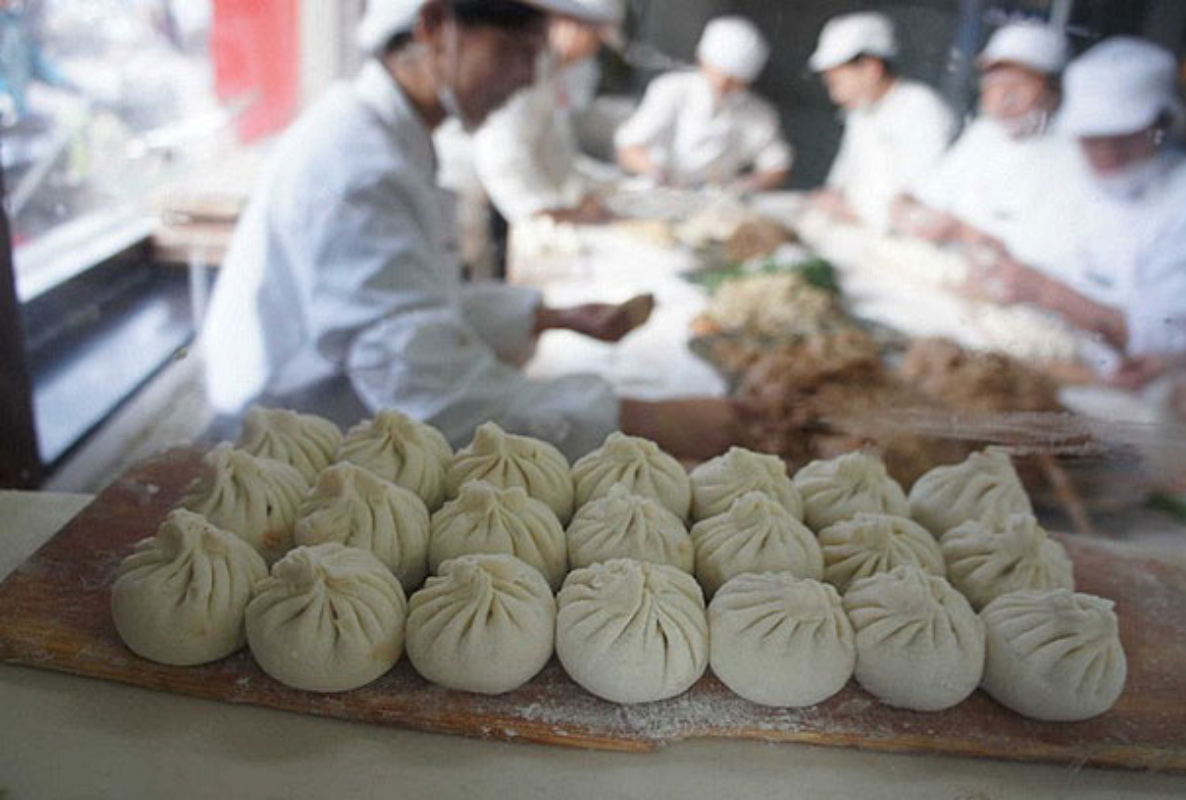
Cafés and Bars Along the Northwest Shore
For a more leisurely experience, several cafés and bars line the picturesque northwest shore of Beihai Park. These spots provide a variety of beverages, light meals, and refreshing drinks. Visitors can relax here with beautiful lake views and peaceful surroundings - ideal for recharging after wandering the garden pathways.
Nearby Dining Highlights
Beyond the park’s borders lies a diverse culinary scene. From elegant Cantonese restaurants to casual eateries offering local Beijing specialties, guests can enjoy a broad range of authentic flavors. Noteworthy dishes include Beijing roast duck, traditional braised chicken, and street snacks such as garlic clams and shrimp cakes. Many nearby venues combine genuine tastes with warm hospitality, complementing your visit perfectly.
👨👩👧 Who Will Enjoy Beihai Park Most?
If you’re visiting Beijing with family, Beihai Park is an excellent choice for leisurely strolls and cultural immersion. It’s stroller-friendly with plenty of shaded paths. Thrill-seekers might find the park more about tranquility and history than adrenaline, but the scenic boat rides offer gentle adventure. Solo travelers and couples will love the romantic lake views and the chance for quiet reflection. If you’re not fond of walking extensively, be prepared for some steps at the White Dagoba but many areas are accessible.
Seniors often appreciate the calm atmosphere and well-maintained gardens. The park features clear English signage at key points, helping visitors navigate easily.
🎒 What to Pack & Essential Info
Carry:
Sunscreen, water bottle, and comfortable shoes
Insect repellent (for summer)
Portable charger (few charging stations available)
Important Note: Bag checks are standard; avoid restricted items. Bring snacks if visiting with children.

✈️ Final Thoughts – Your Beihai Park Experience
Beihai Park captures the serene beauty of imperial Beijing, seamlessly blending history, culture, and nature into a peaceful retreat. While the park requires some walking and may become busy during holidays, its tranquil ambiance and breathtaking landscapes make it a truly worthwhile visit.
Travel Tip: Stay centrally in Beijing or close to the park for easy access and to maximize your time. Enhance your visit by exploring surrounding landmarks and cultural sites for a full and enriching day.
To learn more about this tour and other travel opportunities, visit laimi.com for detailed information and booking options. Embark on an unforgettable journey through one of Beijing’s most treasured destinations.


